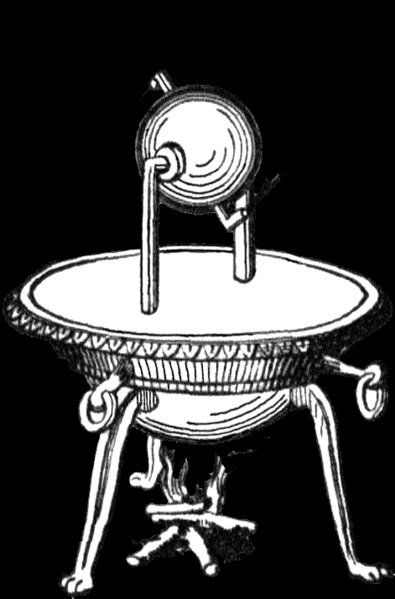Tau.Neutrino said:
Tau.Neutrino said:
Saw a heat engine on a stove and thought about it a bit.
It was something like one of these but more elaborate with pistons and a fan
Heat Self-Powered Fan Wood Stove 5 Blade Top Burner Fireplace Silent Eco Fan
https://www.ebay.com.au/itm/Heat-Self-Powered-Fan-Wood-Stove-5-Blade-Top-Burner-Fireplace-Silent-Eco-Fan/174323984483

Heat engines work down to 0.5 K and are cost effective up to 100KV.
so, I wondered if a whole roof could act like a heat engine, taking heat from one side, the top, and driving extractor fans taking hot air from the roof cavity?
https://en.wikipedia.org/wiki/Heat_engine
> Heat engines work down to 0.5 K and are cost effective up to 100KV. So, I wondered if a whole roof could act like a heat engine, taking heat from one side, the top, and driving extractor fans taking hot air from the roof cavity?
Ooh.
> Heat engines work down to 0.5 K …
No they don’t. The smaller the temperature difference the less efficient the heat engine. Heat engines work well with a temperature difference of 2,000 K. A temperature difference of 750 K is about the limit of what it’s worthwhile to operate a heat engine at. There have been umpteen attempts to get electricity out of much cooler systems, such as the use of hot waste water from power stations as a heat source. It’s just not worth it because the extremely low efficiency generates a pitifully small amount of electricity. Got heat, make hot water for direct use, not electrical or mechanical work.
An upper limit on the efficiency of a heat engine with a temperature difference of 0.5 K is 0.17%. A fully enclosed roof space with a volume of say 100 cubic metres has 36 kJ of energy, of which only 0.17%, ie. 0.06 kJ, is available even as a theoretical maximum. That’s as much energy as a coal fired power station produces in 0.00000006 seconds.
As for roofs. Would you believe that I’ve done some work for CSIRO on this very topic?
What I was tasked with calculating was the difference in temperature between a galvanised iron roof and the adjacent air.
The two applications of this were:
- how much under-roof airflow is needed to keep a building cool in summer?
- avoidance of under-roof condensation causing rusting at night.
From a tactical point of view, you really do not want your roof to act as a heat engine.
If you want to extract heat energy from your roof, your best option is to install a solar hot water system.
The mathematics are that the roof temperature comes from the balance between radiation (from the Sun during the day, out to the cosmos at night), forced convection due to the wind, and free convection where the roof generates its own thermal convection cell in the surrounding air.
Without any free or forced convection, the undercooling of a galvanised iron roof at night would be nearly 10 degrees. But there is always free convection, and this always reduces undercooling of a roof to less than 1 degree. Daytime heating of galvanised iron roofs of buildings can only reach 8 degrees when there’s no wind, much less when there is wind. You might be able to fry eggs on a car, but not on a properly installed roof.

